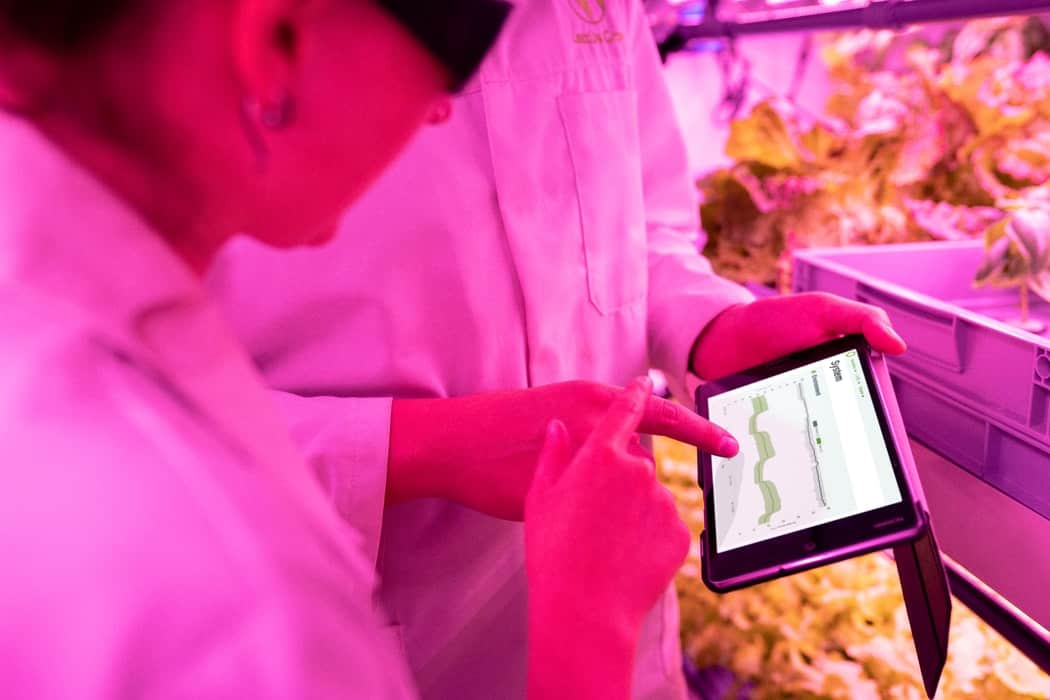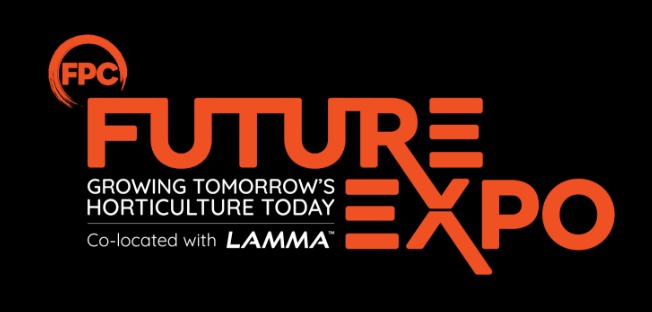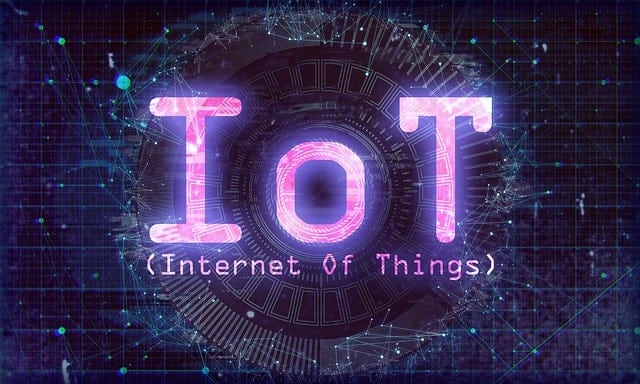Today the Internet has become ubiquitous, has touched almost every corner of the globe, and is affecting human life in unimaginable ways.

It can now be clearly stated that the Internet of Things (IoT) has reached many different players and gained further recognition. Out of the potential Internet of Things application areas Agriculture as part of a future IoT Ecosystem has acquired high attention.
How IoT is transforming the primary sector of the economy: Agriculture
With the exponential expansion of the global population (the UN Food and Agriculture Organization estimates that the world will need to produce 70% more food in 2050), limited agricultural lands, and the loss of finite natural resources, the need to improve farm production has become important.
The problem has been exacerbated by a lack of natural resources such as fresh water and arable land, as well as declining yield patterns in key staple crops. The changing structure of the agricultural labour is another hindering worry for the farming industry. Furthermore, agricultural work has decreased in the majority of countries. The adoption of internet connectivity solutions in farming techniques has been spurred as a result of the diminishing agricultural workforce, in order to lessen the demand for physical labour.

IoT solutions are aimed at assisting farmers in bridging the supply-demand gap by ensuring high yields, profitability, and environmental preservation. Precision agriculture is a method of employing IoT technology to assure the most efficient use of resources in order to maximise agricultural yields while lowering operating expenses. Specialized equipment, wireless connectivity, software, and IT services are all part of the Internet of Things in agriculture.
Major areas of IoT’s impact in the Agricultural sector:
The Internet of Things has the potential to alter agriculture in many ways, but these are the most important.
- Sensors, control systems, robots, autonomous vehicles, automated hardware, variable rate technology, motion detectors, button cameras, and wearable devices are all important components in this approach to farm management. This information can be used to track the overall state of the company, as well as employee performance and equipment efficiency. The ability to predict production output provides for improved product distribution planning.
- Smart farming with predictive analytics Crop prediction is important because it aids the farmer in making future decisions about crop production, storage, marketing tactics, and risk management. Artificial networks are used to predict crop output rates using data received from farm sensors. Parameters such as soil, temperature, pressure, rainfall, and humidity are included in this data. Farmers can use the dashboard or a tailored mobile application to acquire correct soil data.
- Agriculture Drones are being utilised in agriculture to improve a variety of agricultural processes, including crop health assessment, irrigation, crop monitoring, crop spraying, planting, and soil and field analysis.
- Geofencing and livestock tracking- Farm owners can use wireless IoT applications to collect information about their cattle’s whereabouts, well-being, and health. This information aids in the prevention of disease transmission while also lowering labour expenditures.
- Greenhouses with Intelligence – A smart greenhouse built with IoT monitors and manages the climate intelligently, removing the need for manual intervention.
Many in the industry have begun to recognise that the Internet of Things can help them increase agricultural productivity at a lower cost and, because the market is continuously growing, there is still plenty of room for new enterprises to enter the race towards the future of farming.



